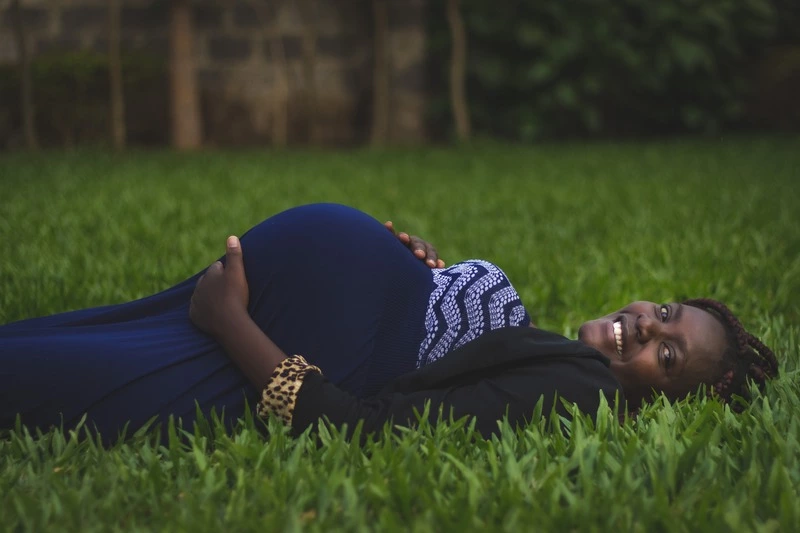Only 5% of babies are born on their actual due date. This week, the baby is 51.7 cm long from crown to toe and could weigh up to about 3.5 kilograms. At 41 weeks pregnant, she is the size of a pumpkin. She will slowly gain some weight this week but her height is likely to remain the same for the rest of the pregnancy.
There is less amniotic fluid in the belly now and you will notice the baby’s activity slowing down. If your little angel is born at 41 weeks pregnant, she will have dry and peeling skin when she is born. This will be temporary.
Your changing body
You are feeling tired and all your focus is now on the impending birth. Try and get your mind off it. Get out of the house for a manicure or take a nice long walk.
You should visit your obstetrician this week. She will confirm your due date, check the size of the baby and your body for signs of labour. She will also discuss the pros and cons of induced labour. If you and the baby are okay, the doctor will give you a 10 to 14 day window to have a natural birth before opting for induction.
“At 41 weeks pregnant, do not rush to book an emergency caesarean or to induce. For a first-time mother whose cervix has never opened before, chances of induction failure are usually high,” advises Esther Kimani a Nairobi based doula/ midwife.
Related: Induction of Labour – Help or Hindrance?
The baby has now lowered down the pelvis and you will experience a frequent urge to urinate. You may even notice a slight leakage on your underpants when you cough. There are ways to regulate your toilet breaks, use these tips for pregnancy. Try leaning forward when you urinate so that you empty the bladder and minimise the breaks. If you haven’t already, start kegel exercises to strengthen your pelvic muscles. Here’s how; when in the toilet, find the muscles that you use to stop urine. Once you have identified the muscles, practice holding them until you can hold them for 10 seconds at a time. Do a repeat of 15 times per session.
Stay alert for signs of labour. Your water may break or you may notice a blood-tinged mucous discharge. The first contractions may feel like menstruation cramps. They start at your lower back and radiate towards the front. Also, confirm that your hospital bags are packed and within reach.
This week’s tip: “You will know when labour starts. I was worried that I wouldn’t recognise the onset of labour and that I might give birth away from a health facility but when it happened, I just knew. They started like period pains and by the time I got to the hospital an hour later, I had dilated 5 cm,” shares Karen Kyalo, a mother of a three-year-old girl.
